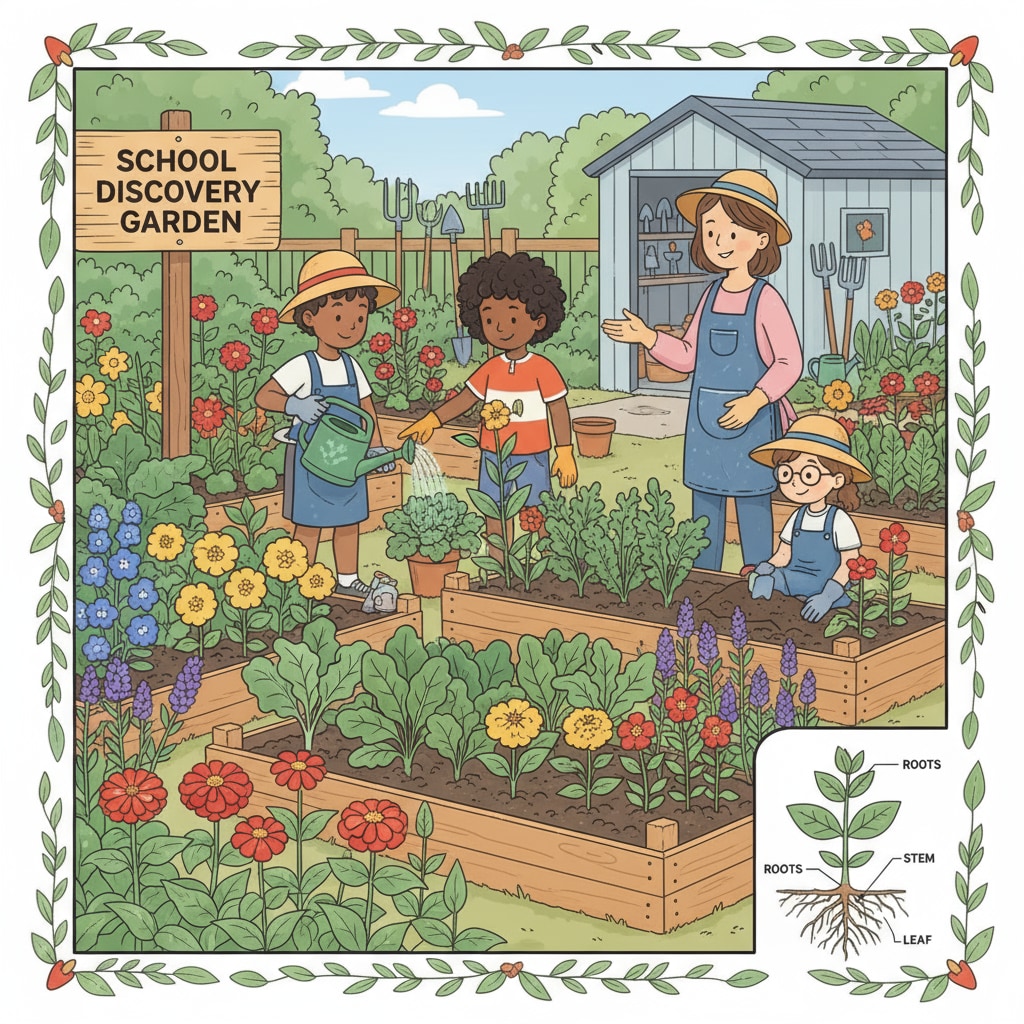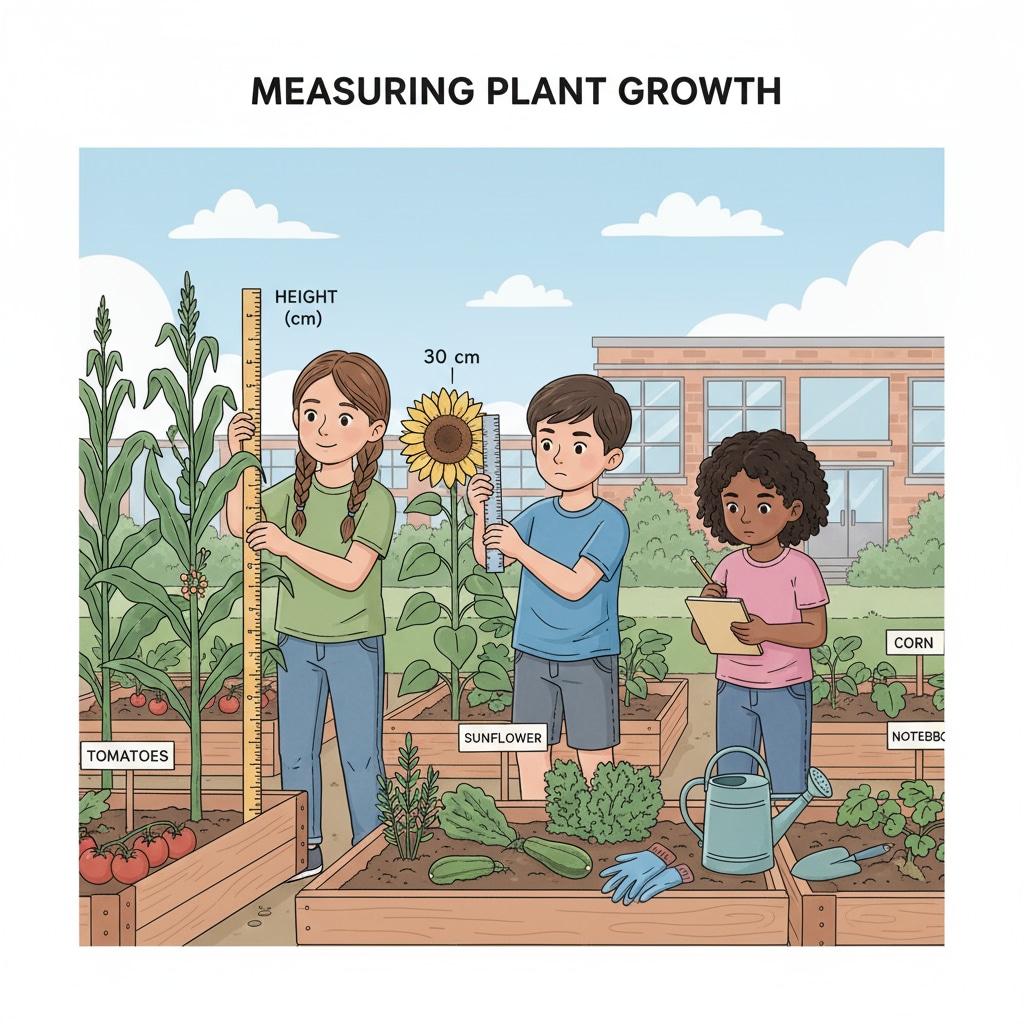School gardens, educational tools that foster interdisciplinary learning, are much more than just aesthetically pleasing areas within a school campus. They have the potential to transform the traditional classroom experience into a dynamic, hands-on learning environment.

These gardens can seamlessly integrate different academic disciplines, promoting a deeper understanding among students.
The Academic Dimension of School Gardens
School gardens are a treasure trove of academic learning opportunities. In the realm of science, students can study plant life cycles, learn about soil composition, and conduct experiments on plant growth. For example, they can observe how different amounts of sunlight and water affect the growth of tomatoes. As per Science education on Wikipedia, this hands-on approach helps students better understand scientific concepts. In mathematics, students can measure the area of the garden beds, calculate the amount of seeds needed, and track the growth rate of plants over time.

Social-Emotional and Health Benefits
In addition to academic learning, school gardens contribute significantly to students’ social-emotional development. Working together in the garden encourages teamwork, communication, and cooperation among students. They learn to share responsibilities, resolve conflicts, and support one another. Moreover, being in a green environment has a positive impact on students’ mental health. According to Mental health on Britannica, gardening activities can reduce stress and anxiety. Physically, students get the opportunity to engage in light physical labor, such as digging, planting, and weeding, which promotes a healthy lifestyle.
School gardens also play a crucial role in promoting environmental awareness. Students can learn about sustainable gardening practices, the importance of biodiversity, and the impact of human activities on the environment. By experiencing firsthand the relationship between plants, animals, and the ecosystem, they are more likely to develop a sense of responsibility towards the environment.
Readability guidance: As seen above, school gardens offer a wide range of benefits. By incorporating them into the K12 curriculum, educators can create a more engaging and effective learning environment. They truly are remarkable educational tools for interdisciplinary learning, enabling students to grow academically, socially, and environmentally.


